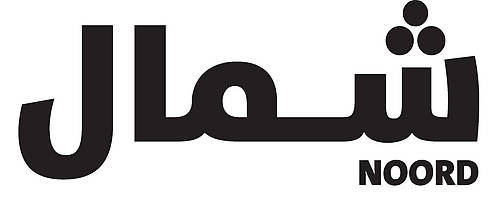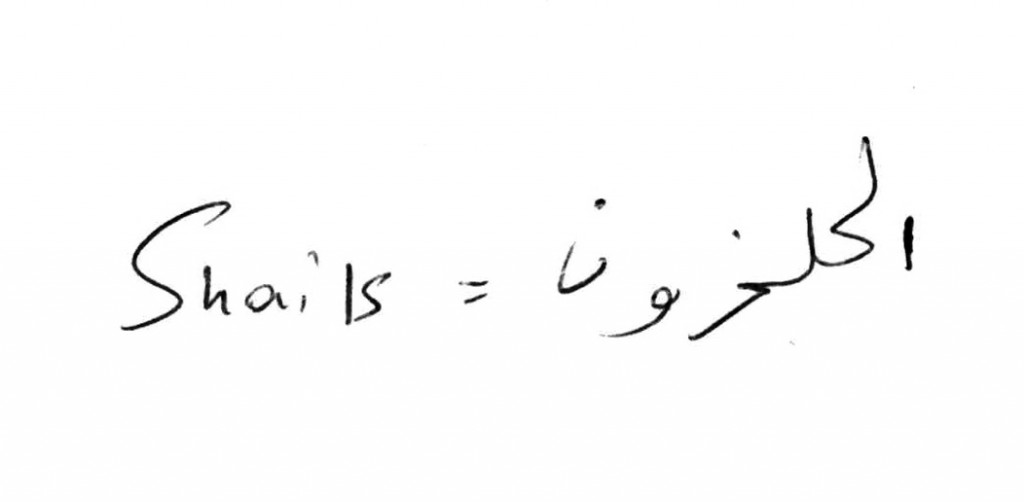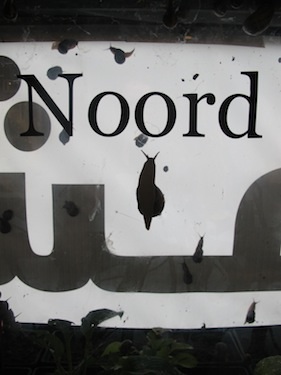Sidewalk Snail Farm
A sidewalk snail farm has been set up in the former ABN Amro vitrines on the Vijzelstraat, Amsterdam as part of NOORD a Mediamatic exhibition and publication about the northern-most borough of Amsterdam.
This living and breeding ground for 1.400 snails and is part of a gastronomic experiment which explores the hidden nature and potential food sources of Amsterdam Noord.
Both young and old inhabitants of Noord have hunted and collected snails from schoolgardens, parks, private vegetable patches and allotments. The vitrines contain 3 species of edible snails that are found in the allotment garden and in the wild:
The smallest are the Grove snails, in Dutch (D): Gewone tuinslak, and in Latin ( L): Cepaea nemorali
The middle sized ones are the E: common garden snail, D: Segrijnslak, L: Helix aspersa petit gris. These are the same family as the French ‘escargot’.
And the biggest lads are the ‘Blond des Flandres’ L: Helix aspersa gros gris, which were supplied by Arthur Kerckheart a snail farmer in Noord Holland.
Before being deposited into the bank vitrines, the snails were put on a 2 day fast to cleanse them of impurities. Throughout the course of the exhibition they are fed vegetation, succulent greens such fennel and endive and earthy roots and mushrooms harvested in Noord. These foods will give a very local and seasonal flavour to their flesh. Before cooking, they will be put on another 3 day fast again, just before being eaten to rid them of any sand and grit.
The snails will eventually be eaten as part of a convivum ‘De Maag als Kompas’ (The stomach as compass) on 9th of October in collaboration with cook Sander Overeinder of restaurant As. In the next weeks we will experiment several ways of cooking the molluscan meat to find out the most delectable means to prepare them.
The exhibition opened on 10 September 2010 and the snails, having found themselves in a new and nutrient rich environment, started to reproduce. The day after many snails were laying their brood (around a 100 eggs), they do this by sticking their heads in the ground — a strange sight to behold! We are now investigating the possibility of harvesting some snail caviar.
Over the next weeks, the snails will be inspected daily, maintaining humidity at 90-95% and ensuring they have enough to eat. The PH neutral clay soil also comes from Noord, which provides vital minerals. And the soil contains another hermaphrodite: 2 species of earthworms to eat the snail poo.
The collection of snails in such a short space of time (one week to build the farm) was quite a challenge. In the search for the molluscks I went to different primary schools in Amsterdam, going from classroom to classroom, giving short lectures on snails and which ones are edible and to enthuse school children to help collect. I also went to the schoolgardens in Noord, where snails were found particularly in the endive crops. We went hunting for snails with friends and volktuin gardeners, which is a real night-time activity. Although there are ample snails in Noord, the district does seem to be particularly affected by slugs, which, according to some, is a serious plague.
With special thanks to Arthur Kerckhaert, snail farm consultant and to Tello Neckheim, Amsterdam-based malacologist and author of the book Van Nonnetje tot Tonnetje, and to everyone who helped hunt the snails: gardeners, friends, groups of school children, allotment gardeners from the volkstuin Buitenzorg.

The Noord logo written in Arabic is what is displayed on the poster on the roadside of the vitrine. The script is a little bit like the writing of a snail

Snails translated into Arabic, this is from Arthur Kerckhaert when he met with a snail farmer on a trip to Morroco
